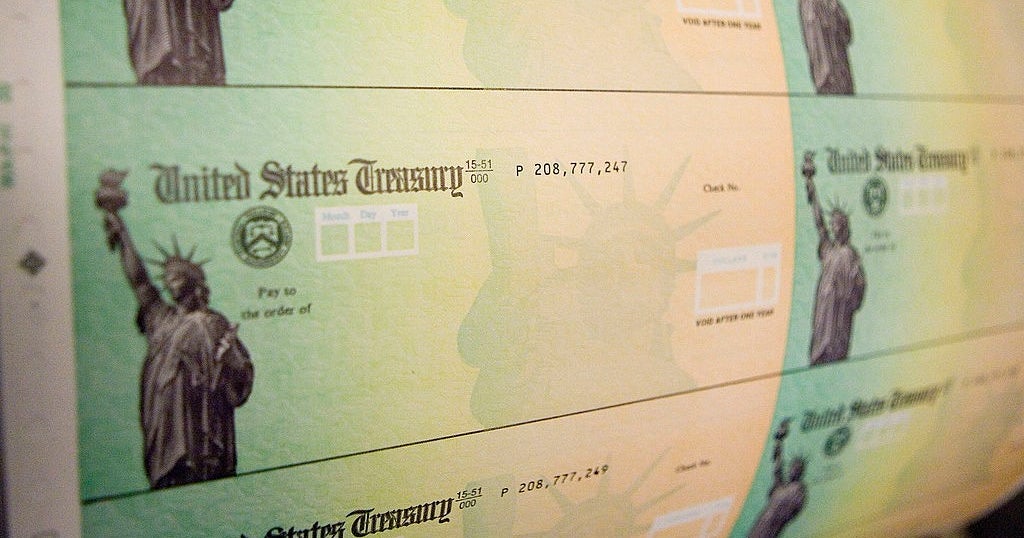Minimum wage would be $44 today if it grew at same pace as Wall Street bonuses
The disconnect between Wall Street and Main Street has perhaps never been more glaring in the past year, when the stock market hit new records even as tens of millions of people lost their jobs due to the pandemic. But it's part of a longer-term trend, with Wall Street bonuses surging 1,217% since 1985, or about 10 times the pace for minimum wage workers during the same stretch.
If the federal minimum wage had kept up with the same growth as Wall Street bonuses, the baseline rate would be $44, according to a new analysis from the Institute for Policy Studies, a left-leaning think tank that examines income and pay inequality. The baseline wage has been stuck at $7.25 an hour for more than 11 years, the longest period it's gone without an increase since it began in 1938.
The typical bonus for a Wall Street employee jumped 10% last year to $184,000, the New York State Comptroller said on Friday, which served as the basis for the IPS' analysis. While there's been a push to increase the federal minimum wage, progress has so far proved elusive. The Biden administration's goal of including a $15 baseline wage in the American Rescue Plan was abandoned partly after resistance from some lawmakers and business groups.
"This whole picture reinforces the total disconnect between Wall Street and the rest of the economy," said Sarah Anderson, IPS' global economy project director and the author of the analysis. "The fact that people on Wall Street saw such a significant jump in a year when so many people are struggling says so much about the disparities of this crisis."
In 1985, a minimum wage worker earned about $7,000 annually, while Wall Street bonuses were about twice that, at $14,000 on average. But by 2020, the typical Wall Street bonus stood at $184,000, more than 10 times higher than the $15,080 annual earnings from a minimum wage job.
Anderson said her analysis starts in 1985 because that's the earliest year for which she could find data on Wall Street bonuses.
An hourly wage of $44 an hour would equate to more than $91,000 in annual income — a healthy income, but still far below the average annual earnings of $406,700 for securities professionals, a figure that includes salary and annual bonus.
"In limbo"
To be sure, it's not only Wall Street workers who have profited during the pandemic. Since the coronavirus brought the U.S. to a standstill last March, the economy has experienced what economists call a K-shaped recovery. Low-wage workers continue to experience higher joblessness and income losses, while higher-paid workers — who can often perform their work remotely — are more likely to have bounced back.
About 4 in 10 Americans are continuing to experience a loss of income compared with pre-pandemic times, according to recent research from financial services firm TransUnion. Its analysis found that about 1 in 5 adults are "in limbo," which TransUnion defines as people who have lost income and are unsure how their finances will recover, if at all.
Many of those who have yet to recover from the economic hit of the pandemic are women as well as people of color, an issue that's exacerbating long-standing inequalities in the economy, experts note.
On Wall Street, the people who are enjoying bumps to their bonuses tend to be White and male, according to the IPS' analysis. For instance, about 63% of all securities industry employees are men, but only 33% of minimum wage workers are men. About 8 in 10 securities industry workers are White, but about 5 in 10 workers who earn less than $15 an hour are White, the analysis found.
"The growing gap between the pay on Wall Street and lower levels of the economy is a driving force between gender and racial disparities," Anderson said. "People of color and women are under-represented at the top end and over-represented at the bottom."



